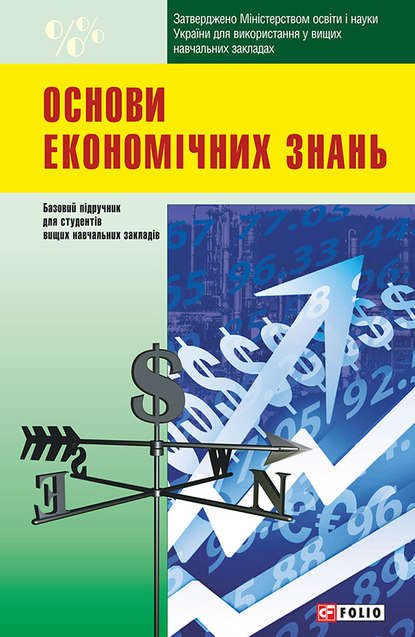Книга "Private Equity as an Asset Class" автора Гая Фрейзер-Сэмпсона является практическим руководством для понимания инвестиционного класса активов - частный капитал. Автор, который обладает более чем двадцатилетним опытом работы в индустрии частного капитала, объясняет основные принципы и инвестиционные механизмы данного класса активов. Книга адресована инвесторам, профессионалам и студентам бизнес-школ. Она начинается с таких фундаментальных вопросов, как "что такое частный капитал?" и затем переходит к детальному рассмотрению различных типов частного капитала, таких как венчурный капитал и выкуп. Книга также содержит отдельные главы о ростовом и развивающемся капитале, а также о вторичных инвестициях. Новые проблемы, такие как увеличение сроков удержания и возможная угроза снижения доходности, также рассматриваются в книге. В целом, читатели найдут в книге понятное объяснение основных принципов и механизмов инвестирования в частный капитал. Ключевые моменты включают в себя: глоссарий терминов частного капитала, венчурный капитал, выкуп, ростовой и развивающийся капитал, вторичные инвестиции, понимание доходности в частном капитале, анализ фондов и доходности, планирование инвестиционной программы фонда, а также детальное обсуждение показателей производительности индустрии.
Эта книга далеко не для всех.
Электронная Книга «Private Equity as an Asset Class» написана автором Guy Fraser-Sampson в году.
Минимальный возраст читателя: 0
Язык: Английский
ISBN: 9780470665060
Описание книги от Guy Fraser-Sampson
Unfairly reviled, and much misunderstood, private equity differs from all other asset classes in various important respects, not least the way in which its fund mechanisms operate, and the way in which its returns are recorded and analysed. Sadly, high level asset allocation decisions are frequently made on the basis of prejudice and misinformation, rather than a proper appreciation of the facts. Guy Fraser-Sampson draws upon more than twenty years of experience of the private equity industry to provide a practical guide to mastering the intricacies of this highly specialist asset class. Aimed equally at investors, professionals and business school students, it starts with such fundamental questions as ’what is private equity?’ and progresses to detailed consideration of different types of private equity activity such as venture capital and buyout. Rapid and significant changes in the environment during the recent financial crisis have prompted the need for a new edition. Separate chapters have been added on growth and development capital, as well as secondary investing. Newly emergent issues are considered, such as lengthening holding periods and the possible threat of declining returns. Particular problems, such as the need to distinguish between private equity and hedge funds, are addressed. The glossary has also been expanded. In short, readers will find that this new edition takes their understanding of the asset class to new heights. Key points include: A glossary of private equity terms Venture capital Buyout Growth capital Development capital Secondary investing Understanding private equity returns Analysing funds and returns How to plan a fund investment programme Detailed discussion of industry performance figures







![Birds and Nature, Vol. 10 No. 4 [November 1901]](https://cv0.litres.ru/pub/c/cover_415/25569207.jpg)











